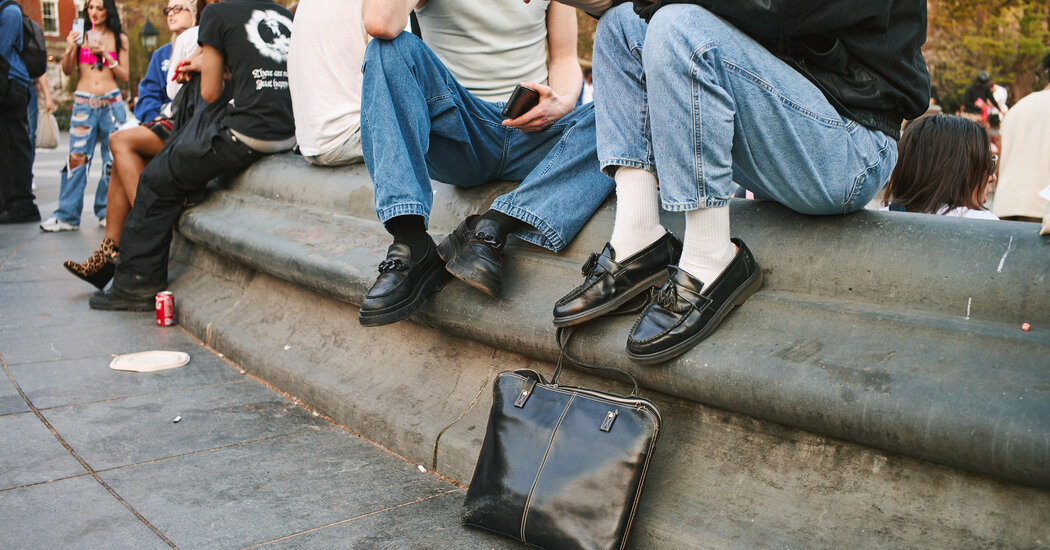
Why do men get so many more sizing options than women, especially when it comes to pants? They get a large variety of lengths, but women just get petite, regular and long, even though there are as many different sizes of women as men. Please explain. — Amy, Hunterdon County, N.J.
The question of men’s and women’s sizing is a much more complicated question than it may appear, in part because the whole concept of sizing is not standardized. It is, in fact, so fungible that it would send Hamlet around the bend.
If we take the Gap as a sample subject, men’s trousers are generally sized according to the inseam and waist, which results in four possible lengths (28-34) and multiple waist sizes; women’s trousers come in 00-20 sizes and three lengths: tall, regular and cropped/petite. At Brooks Brothers, men’s chinos are offered in three inseam lengths, while women’s chinos are simply available in 0-16.
It is also true that some brands offer men’s and women’s pants in basic ready-to-wear sizes, and most big denim labels offer men’s and women’s jeans according to waist and inseam numbers.
So though it may seem that men have a lot more options in sizing than women do, and that may seem obvious latent sexism (sort of like the fact that most men’s clothes have functional pockets, and most women’s clothes do not), there is a bigger issue at work. And that has to do with history, self-image, social standards of beauty, consumer psychology and the sheer ridiculousness of the current state of sizing.
As Carla Sozzani, the founder of 10 Corso Como, the concept store in Milan, and a retailer who has been buying women’s and men’s wear for decades, said, the sizing of “pants is rooted in cultural shifts.”
Put simply: Though women had pushed to wear pants for centuries, and the cries became especially loud during the women’s rights movement of the 1850s (enter Amelia Bloomer) — and despite the fact that Coco Chanel made pants part of her wardrobe in the early 20th century, and movie stars and working women adopted them with alacrity in the 1930s and ’40s — pants were not a part of the regular woman’s wardrobe until the 1960s.






